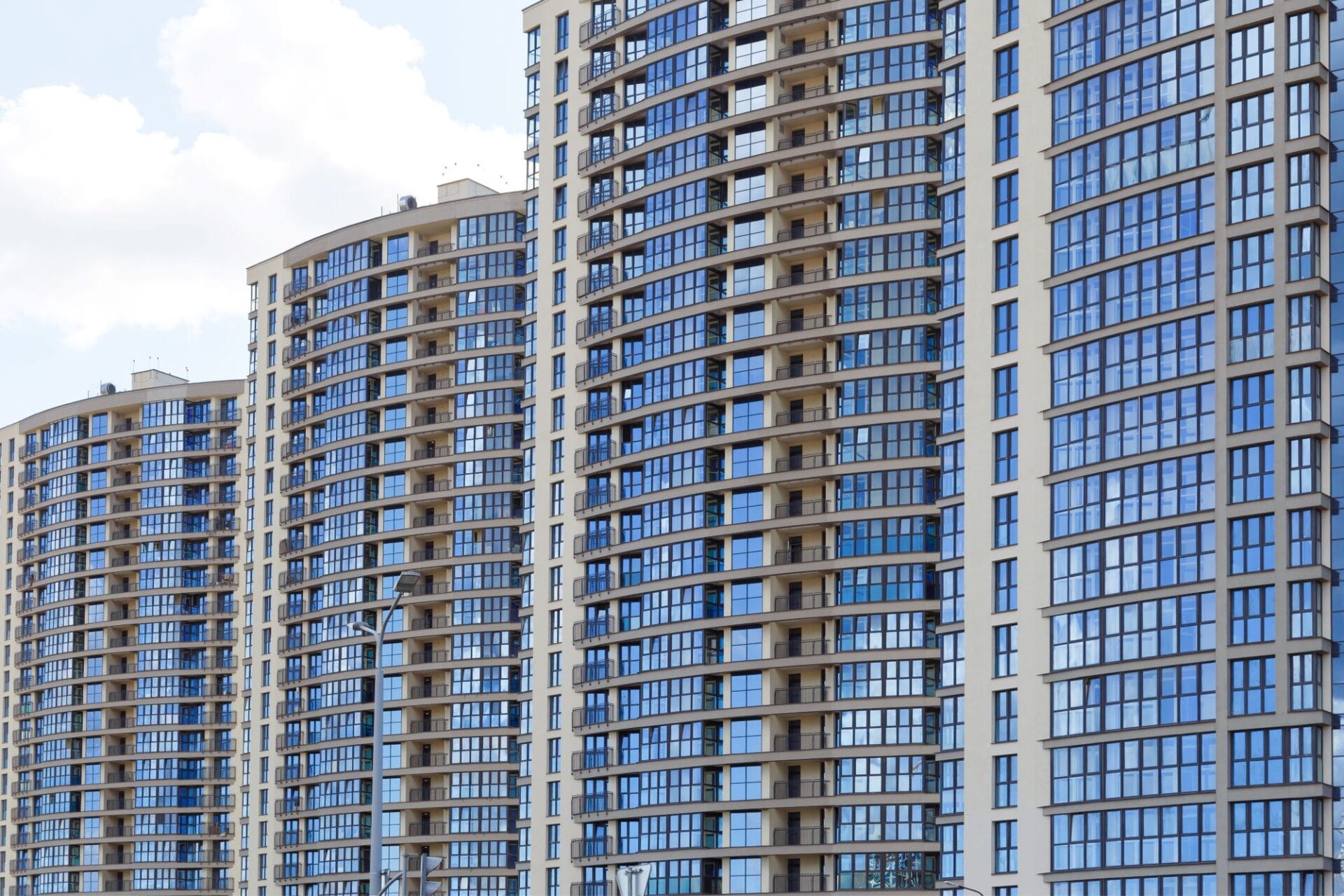Well-managed HOAs create a happy and functional living environment for community members. Property values tend to be higher in HOAs, and these governed neighborhoods offer great perks like access to tennis courts or snow shoveling. However, it takes millions of dollars to operate and maintain an HOA. Finances must be handled extremely well in order to pay for regular costs and unexpected expenses.
But why does it cost so much to manage an HOA? When you think of a community as a business or small town, it becomes easier to understand how many costs are associated with maintaining it.
Below are some of the most expensive items that HOAs must budget for. Not all items are annual expenses, but boards need to plan for things like pool repairs or roof replacements well in advance to ensure there is enough money available when it’s needed.
Top expenses
Major repairs or renovations
Major repairs or renovations to common areas or amenities can cost an association several thousand dollars. For example, a roof replacement project can cost anywhere from $800,000 to $2,000,000 depending on the size of the HOA and scope of the project.
A single low-end commercial-grade treadmill can cost $1,500. If the association needs to replace multiple machines, it wouldn’t be hard to spend $10,000 to $15,000 on this type of project.
And resurfacing the interior finish of a concrete inground pool can total anywhere from $10,000 to $20,000 (this usually includes replacing the waterline tile at the same time). This cost depends on many factors, such as the type of interior finish and tile, the pool size, and the area of the pool.
In most cases, HOAs are prepared for big projects. Some are considered capital improvement projects while others are categorized as general maintenance. The first category will use funds from the reserve study while the second category is funded by the operating budget.
HOA maintenance versus capital improvements
Maintenance costs are expenses for the regular repair or replacement of assets. The purpose of preventive maintenance is to keep an element or asset safe and functional. Regular HOA maintenance protects assets so that they can reach their full useful life.
Capital improvements usually require the HOA to replace a component or asset because it has reached the end of its lifespan (though upgrades to an existing asset also fall under capital improvements).
Capital improvements usually cost $10,000 or more. Capital improvement accounting and regular reserve studies help boards figure out how much money needs to be contributed to the reserve fund each year.
There are also instances where a simple maintenance repair turns into a capital improvement. For example, while repairing a roof, the vendor discovers that the leaky area is beyond repair and the entire roof needs to be replaced. If the reserve is not adequately funded, the owners would likely be asked to pay a very steep special assessment to cover the costs.
Legal fees
On occasion, associations may need to consult with an attorney about an ongoing rule enforcement issue or to defend against a lawsuit. Lawyers offer a very specialized service and charge a high hourly rate. The more of their time that the HOA requires, the higher the invoice will be.
A lawyer’s hourly rate ranges anywhere from $150 up to $500 depending on where they are located, their experience, and specialty. HOA lawyers generally charge between $200 and $400 per hour. However, most legal professionals would recommend that HOAs keep their lawyers on retainer. That means it would pay the lawyer an ongoing fee. In return, the association generally gets a better rate, and several if not unlimited phone calls.

Should the HOA need to go to court, it may pay around $10,000 for a simple lawsuit. In addition to paying the lawyer, an HOA might have to cover expenses such as:
- Discovery costs
- Service fees
- Filing fees
- Document preparation
- Expert witnesses
Professional services
Board members are volunteers, and while they work hard to cover most aspects of HOA management, certain things are best left to a professional. Boards work with accountants, property management firms, and/or consultants to provide specialized services. The services can be expensive, but they are also worth the costs. These professionals help associations operate at their very best.
An HOA management company may charge anywhere from $10 to $20 per unit every month, but those numbers could be higher depending on the location, size of the community, and services required.
Engineers often perform reserve studies for residential associations. Like other services, costs will vary depending on the HOA’s size, components, complexity of its structures, etc., but these studies will range from a few thousand dollars to $10,000. An average estimated cost would be about 1% of an association’s budget. However, that number is not necessarily accurate for large or small associations.
Insurance
HOA insurance is a type of coverage held by HOAs to help protect against liability risks. HOA master policies typically cover two things – property damage and liability.
If a covered loss such as a fire or wind incident damages a shared space for which the HOA is responsible, this portion of the policy could cover the repairs.
Similarly, if someone slips by the pool and decides to sue the association, the fees associated with the lawsuit may be covered.
HOA insurance is absolutely essential, but unfortunately, it has increased by a lot since 2021. Some associations, notably those in Florida, have seen a 100% increase in insurance costs over 2 years.
Inflation has driven up the costs of labor and material, requiring increased payouts for repair claims and increases in property appraisals.
There have also been increases in liability claims, and associations with open claims have been dropped by their carriers. As a result, they have to pay more when they find a new provider.
Finally, the aftermath of the Surfside collapse has pushed many insurance carriers to consider further limitations and exclusions to insurance policies. The number of insurers and available policy limits have been trending down in the last few years, and the policies that remain are charged at a higher rate and with lower policy limits.
HOA fees pay for the majority of these expenses
Since HOAs are not-for-profit organizations, they get most of their funding from owners in the form of fees or dues. Fees are as unique as the association; some communities might collect $150 each month from each owner, while others might need $400 per month per person.
Here is a small list of mean monthly HOA fees to give you a better sense of how much they can vary.
- Houston: $127/month
- Atlanta: $117/month
- Miami: $283/month
- Los Angeles: $366/month
- New York City: $653/month
It’s ultimately up to the board to decide how much the association will need to cover costs for the next calendar year. Since service and material costs increase, fees must also increase.
Can an HOA cut down on big expenses?
Unfortunately, HOAs cannot cut costly items out of their budget. But they can do things to reduce costs associated with large expenses.
Implement a reliable maintenance repair system
By being diligent about routine maintenance and repairs, HOA assets have a better chance of reaching their full useful lifespan. Routine repair costs are more manageable than large capital improvements.
In order to stay organized and up to date with maintenance work, associations are encouraged to adopt a digital system that allows users to categorize and update components. Condo Control’s maintenance tracking feature gives associations the ability to schedule maintenance jobs, assign jobs to onsite staff, and log equipment activities and attach supporting documents.
With this system, teams spend less time completing admin work, and critical repairs don’t fall through the cracks.
Review contracts instead of automatically renewing them
Some vendor contracts renew automatically if the association doesn’t reach out to the company. However, it’s always wise to see if there is an opportunity to negotiate a contract.
In some cases, the board may even want to request bids to see if it can get a better rate than it is currently paying.
Inquire about other insurance plans
While it isn’t likely that an association will find a cheaper insurance rate right now, experts have suggested exploring a new approach such as switching to a “bare walls” insurance plan. Bare walls insurance means the HOA only insures for the shell of a residence. Making this change often requires an amendment to the CC&Rs. It’s possible that the change could reduce the premium by about 5%.
if the HOA does adopt a “bare walls” approach, some reasonable advance notice should be provided to owners so that they are not exposed to a major uninsured loss.
Another option many HOAs are considering is to increase deductibles. However, the HOA would need to be prepared to absorb a greater out-of-pocket loss.























